Weeds, Diseases and Pests
-
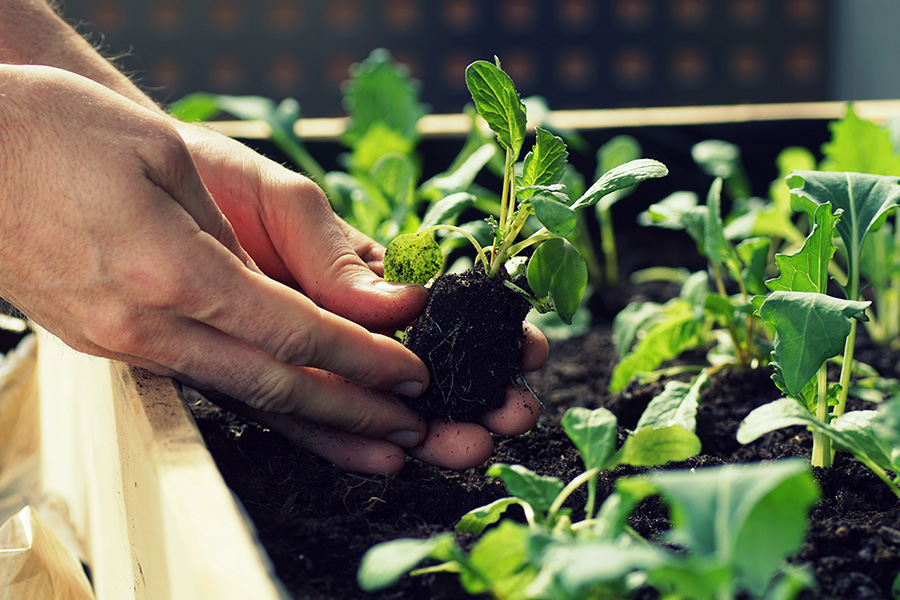
Plant diseases can be a significant problem in home gardens. Most vegetables are susceptible to a number of diseases. Home gardeners can reduce the occurrence of many diseases with sound cultural practices. This publication discusses managing diseases in the home vegetable garden.
David Langston and Elizabeth Little
|
-

Citrus leafminer (Phyllocnistis citrella) is found in Georgia and states along the Gulf of Mexico. Leafminer damage to foliage can stunt the growth of young trees and make trees more susceptible to citrus canker where the pathogen is present. Mature trees can better tolerate the damage although heavy infestations may reduce production. This publication discusses the identification, chemical control, noninsecticidal control, and homeowner control options for citrus leafminers.
Jacob Price
|
-
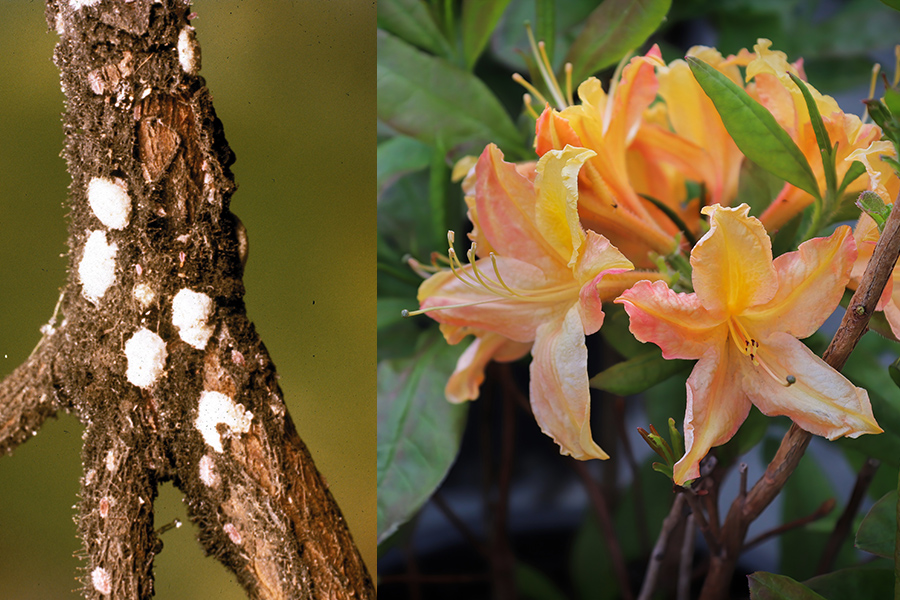
C 1260
Azalea Bark Scale
Azalea bark scale (ABS) poses a serious threat to azaleas, rhododendron, and Pieris (Andromedas) in Georgia. ABS is a soft scale insect; the nymph and female soft scales secrete a protective coating of waxy crust on their body that cannot be separated from the scale insect. ABS also is found on blueberry, hawthorn, huckleberry, poplar, and
willow. ABS is found in cracks or crevices in the surface of the bark, and also in areas where azalea branches fork. ABS can undergo two generations per year in Georgia.
Symptoms of ABS infestation include dropping yellow leaves and dying branches. Developing nymphs and females excrete a sugary syruplike liquid called honeydew on to the bark and leaves. As time passes, the surface of the bark, and sometimes the leaves, turns black because it gets infested with a sooty mold fungus that
feeds on the sugary secretions. The white crusts of scale insects are easily visible when the azalea bark turns completely black. An ABS infestation rarely kills the plant unless it is extremely severe and uncontrolled.William Hudson and Shimat Joseph
|
-
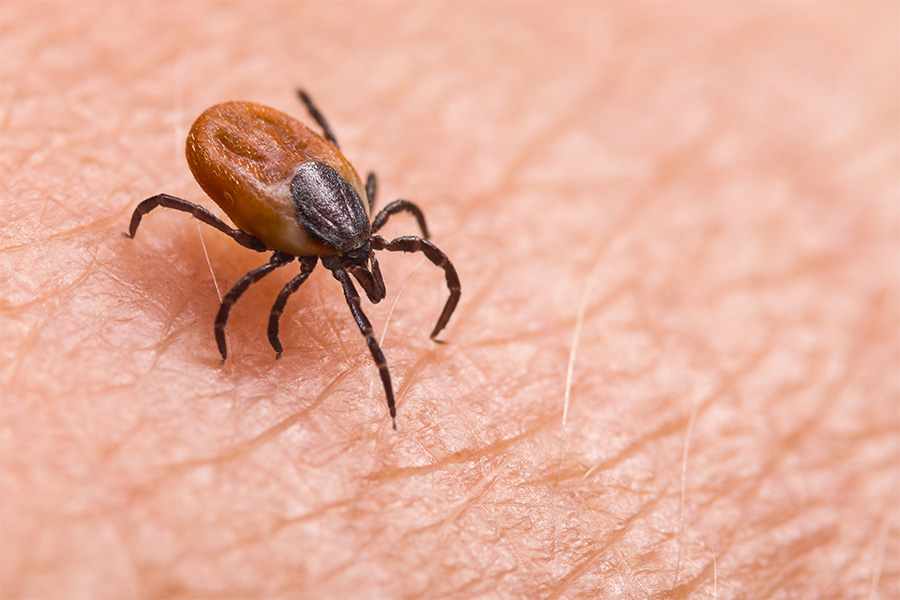
This publication discusses how to protect yourself and the areas around your home from ticks. It also includes information on common tick-borne diseases, such as Rocky Mountain Spotted Fever and Lyme disease.
Elmer Gray
|
-
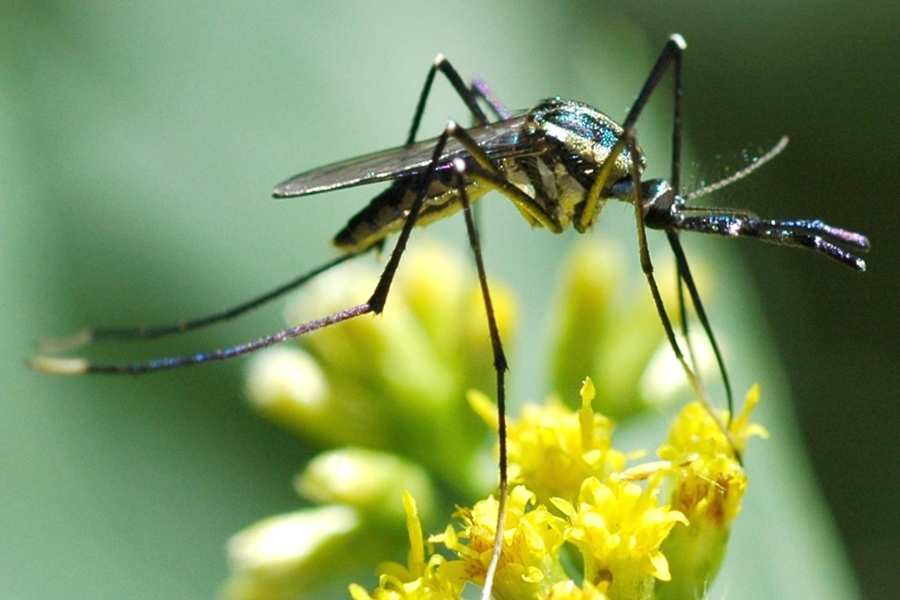
This publication contains descriptions and images, as well as methods of control, for common stinging and biting pests found in Georgia, including: bees, wasps, hornets, fire ants, scorpions, caterpillars, spiders, chiggers and flies.
Michael Toews, Elmer Gray, and Beverly Sparks
|
-

This publication discusses the proper calibration methods sprayers and other liquid applicators.
Paul Sumner, Gary Hawkins, and Michael Bader
|
-

Bermudagrass leafspot is a disease that decreases yields, nutritive value and palatability. This publication discusses leafspot diagnosis and management in bermudagrass.
Alfredo Martinez and John Andrae
|
-
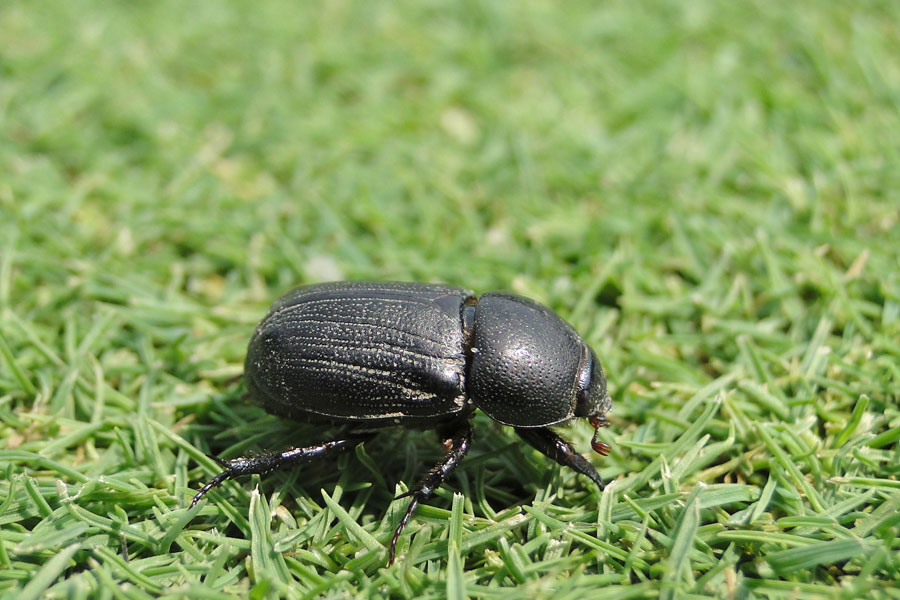
The sugarcane beetle has been a significant pest of many crops, including sugarcane, corn, sweet potato, and rice, for more than 100 years. It is a native species commonly found in turfgrass. While low numbers of beetles in an area generally are not regarded as pests, increasing numbers of adult beetles have been causing damage to turfgrass stands throughout the Southeastern U.S.
The adult sugarcane beetle is about ½ in. long, and is black with small punctures along the elytra, or wing covers, that create long, lengthwise stripes. Its first pair of legs have four serrations that make the beetle a strong digger. As a result, adults are known to damage asphalt roofs, door gaskets, and other soft structural elements
when lights attract them to buildings. The larvae of sugarcane beetles are C-shaped grubs, which are similar in appearance to other white grub species. Third-instar larvae can reach up to 1¼ in. long and are identified by their creamy white bodies with reddish-brown head capsules.William Hudson, Freddie Waltz, and Shimat Joseph
|
-
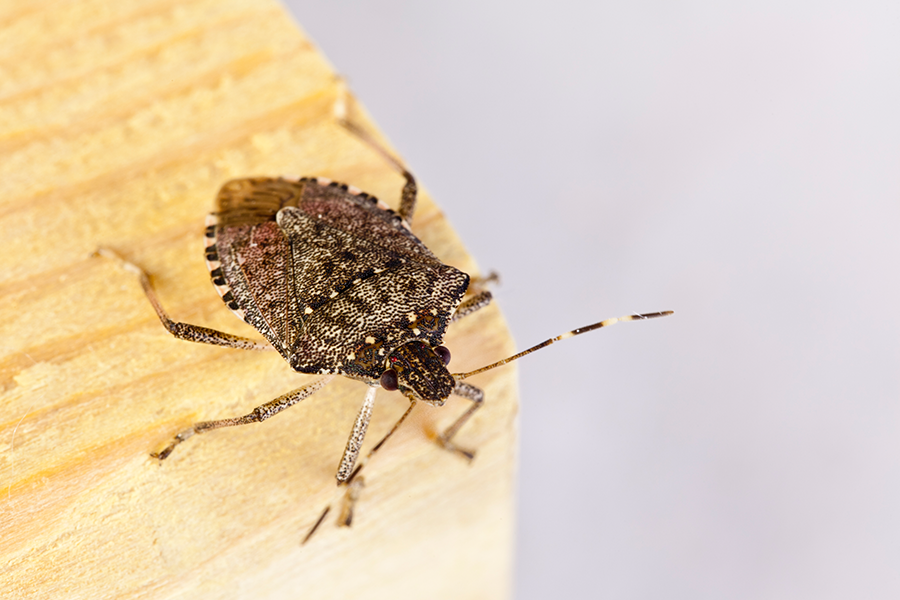
The brown marmorated stink bug is a landscape and agricultural pest in the United States. They seek dark and dry sites—such as a vehicle parked near trees—in the fall in which to overwinter. This pest is reported to feed on more than 170 plant species, including fruits, vegetables, and ornamental plants. This stink bug also is a nuisance pest as they aggregate and overwinter in man-made structures beginning in late fall.
William Hudson, Shimat Joseph, and Fawad Zafar Ahmad Khan
|